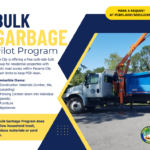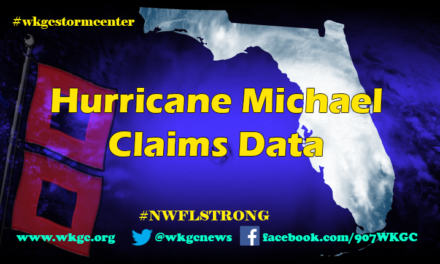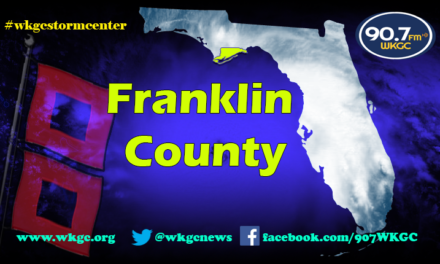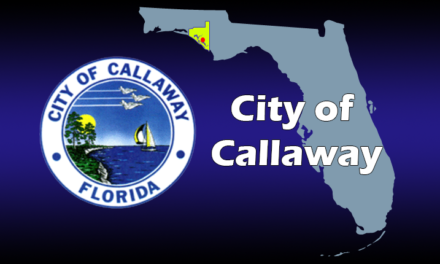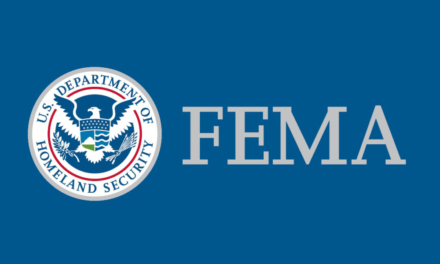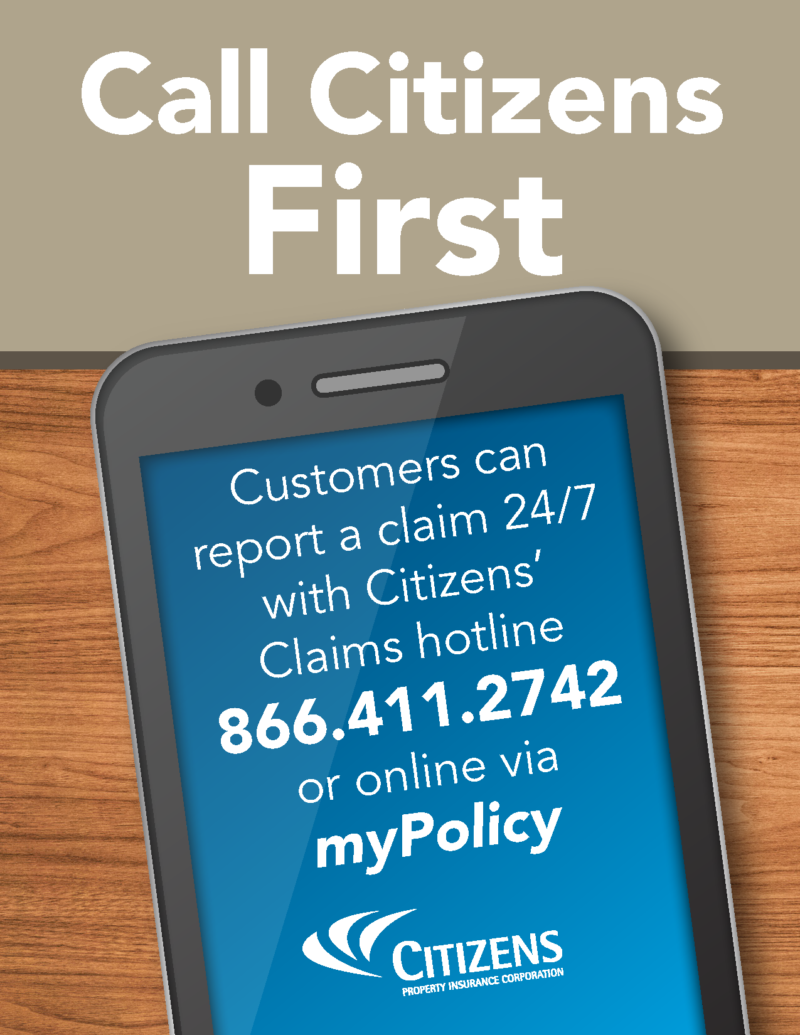
Bay County Responds to Hurricane Michael post season upgrade
Panama City, Florida – The National Hurricane Center on Friday released the official Tropical Cyclone Report for Hurricane Michael, confirming what Bay County residents already knew: Hurricane Michael made landfall as the fourth-ever Category 5 storm to strike the U.S. mainland on Oct. 10, 2018. It was the first such storm to ever hit the Florida Panhandle.
Bay County Commission Vice-Chairman Robert Carroll said that the change in designation does not automatically spell additional aid for the area, but he hopes that Congress will – after more than six months – finally pass a disaster aid package for the still heavily damaged area.
“This is only the fourth time our country has had a Category 5 hurricane,” he said. “The federal government has historically provided major disaster funding; we anticipate and expect the same treatment, and we need them to step up and provide some funding and some relief.”
Bay County government, not including the cities within its boundaries, estimates storm damages in excess of $661 million and has already borrowed more than $250 million to pay storm clean-up vendors while federal and state reimbursement is pending.
Bay County has removed more than 8.5 million cubic yards of debris in the unincorporated areas, and countywide, more than 15.5 million cubic yards of debris has been cleaned up, compared to a total of 2 million cubic yards statewide produced by Hurricane Irma in 2017.
The new Category 5 designation came slightly earlier than anticipated, Bay County Emergency Services Chief Mark Bowen said.
“NOAA typically collects data from thousands of sources and officially categorizes these storms in May. This categorization came a little early but is based on facts and science, not politics or public expectations,” Bowen said. “Hopefully the release of this designation will help our local, state and federal elected officials in their quest to get support for funding legislation needed at the federal level for us to recover.”
Housing and insurance issues stand out as the area’s most pressing problems, Carroll said.
“There are abandoned houses everywhere, and there’s almost nowhere that people aren’t doing work. We’ve got families doubled and tripled up; there isn’t a week that goes by I don’t have at least one of my daughters’ friends staying at our house,” Carroll said. “We need some help here.”
According to the National Weather Service:
- Hurricane Michael is the 4th Category 5 Hurricane to strike the mainland United States.
- By central pressure, Michael remains the third-most intense mainland U.S. landfalling
- Florida Keys Labor Day Hurricane (1935) – 892 mb (26.35”)
- Camille (1969) – 909 mb (26.84”)
- Michael (2018) – 919 mb (27.14”)
- Andrew (1992) – 920 mb (27.17”)
- By sustained wind, Michael remains the 4th most intense mainland U.S. landfalling
- Florida Keys Labor Day Hurricane (1935) – 185 mph (160 kt)
- Camille (1969) – 175 mph (150 kt)
- Andrew (1992) – 165 mph (145 kt)
- Michael (2018) – 160 mph (140 kt)
- First Category 4 or 5 Hurricane on record to strike the Florida Panhandle
- Latest Category 5 mainland U.S. landfalling hurricane on record (Oct. 10)
- Michael caused 16 direct fatalities in the United States
- Florida: 7 total; 5 storm surge, 2 wind
- Virginia: 5 freshwater flooding
- North Carolina: 3 wind
- Georgia: 1 wind
- Michael was associated with 43 indirect deaths in the United States, all in Florida.
- Causes of the indirect deaths included falls during the post-storm clean up, traffic accidents, and medical issues compounded by the hurricane.
- The National Centers for Environmental Information (NCEI) estimates that total U.S. damage from Michael was about $25 billion
- $18.4B in Florida
- $4.7B in Georgia
- $1.1B in Alabama
- Smaller amounts in SC, NC, VA



